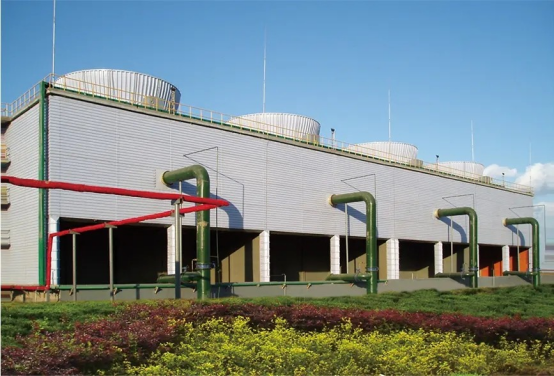-
Mobile Version
Scan with Mobile
- Member Center
Introduction
Cooling towers are a very important part of many chemical plants. The primary task of a cool- ing tower is to reject heat into the atmosphere. They represent a relatively inexpensive and dependable means of removing low-grade heat from cooling water. The make-up water source is used to replenish water lost to evaporation. Hot water from heat exchangers is sent to the cooling tower. The water exits the cooling tower and is sent back to the exchangers or to other units for further cooling.
Cooling Tower Types
Cooling towers fall into two main categories: Natural draft and Mechanical draft. Natural draft towers use very large concrete chimneys to introduce air through the media. Due to the large size of these towers, they are generally used for water flow rates above 45,000 m3/hr. These types of towers are used only by utility power stations.
Mechanical draft towers utilize large fans to force or suck air through circulated water. The water falls downward over fill surfaces, which help increase the contact time between the water and the air - this helps maximise heat transfer between the two. Cooling rates of Mechanical draft towers depend upon their fan diameter and speed of operation. Since, the mechanical draft cooling towers are much more widely used, the focus is on them in this chapter.





